
Editorial: Does HAL assistance improve outcomes in patients who receive postoperative intravesical therapy?
There is growing evidence that hexaminolevulinate (HAL) fluorescence cystoscopy increases detection of bladder cancer at the time of transurethral resection of bladder tumours (TURBT) and that this results in lower recurrence rates [1, 2]. One limitation in many prior studies was the lack of standardisation about the use of immediate postoperative chemotherapy, which has been shown to reduce recurrence in patients with non-muscle-invasive bladder cancer [3]. This raises the question of whether…
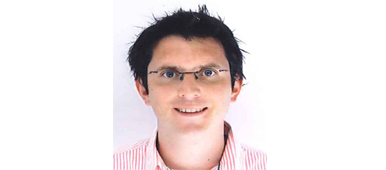
Fellowships – a key ingredient or the ‘icing on the cake’?
1 Comment
/
What is the ultimate endpoint of a residency or speciality training program? Is it to complete 5 or 6 years of training in core urological procedures? Is it to produce safe, competent independent urologists? Is it to achieve FRSC (Urol) certification? In an ideal world it would be a marriage of all three; a safe, competent, independent, certified, practising urologist ready and eager to tackle any urological referral. In reality, we know that not to be the case.
Urology is a broad and advancing…

Editorial: Better late than early for long-term survival in patients with recurrence after renal carcinoma
In this paper, Brookman-May et al. [1] used a large multi-institutional database of over 13 000 patients from 23 centres in both Europe and the USA to examine the prognostic indicators of cancer-specific survival (CSS) in patients who had recurrence after primary surgery for RCC. Their analysis was based on a subset of 1712 patients who had recurrence during a median follow-up period of 50 months. All patients had undergone either radical nephrectomy or nephron-sparing surgery, with no evidence…

The bashful bladder: can we ever truly define?
Commemorating the #urojc one year mark, Brian Stork reflected on the year that was, with a fun visual diagram on the most common words used during this period.
A fitting paper for moving into Season 2 of the #urojc, with the November International Journal Club discussion on Twitter was based on the paper “Detrusor Underactivity and the Underactive Bladder: A New Clinical Entity? A Review of Current Terminology, Definitions, Epidemiology, Aetiology, and Diagnosis” by Osman et al from European…
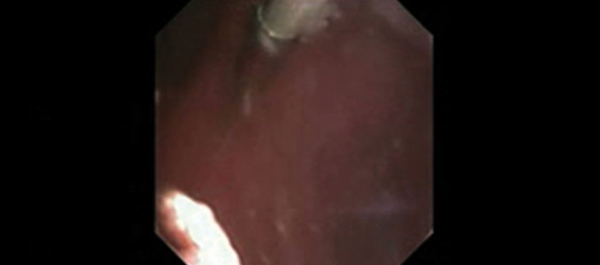
Editorial: Totally X-ray-free percutaneous nephrolithotomy: caveat emptor
In the accompanying paper, Yan et al. [1] present the outcomes of their study on percutaneous nephrolithotomy (PCNL) guided only by ultrasonography (US).
This is the largest series (705 patients) to date on PCNL purely under US control and reports stone-free and complication rates that are consistent with those commonly reported for PCNL guided by X-ray or by a combination of X-ray and US.
Since its introduction more than three decades ago, PCNL has traditionally been performed…
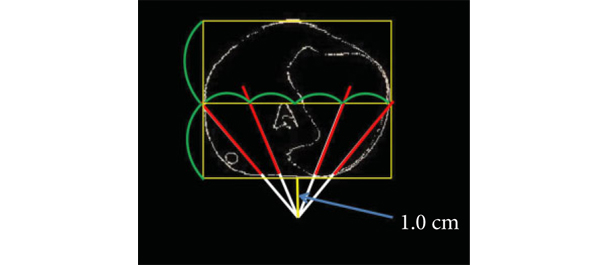
Editorial: How many cores are needed to detect nearly all prostate cancers?
Virtual prostate biopsy and biopsy simulation: lessons to be learned
Prostate biopsies, transrectal or transperineal, still constitute the pillars of prostate cancer detection today [1]. With the lack of reliable imaging tools (new MRI techniques are promising but still investigational [2]); random biopsies offer the sole adequate cancer detection option [3]. However, random biopsies are far from efficient in detecting all tumours and even less efficient in detecting all significant cancer…
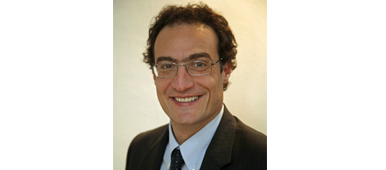
The impact of the BJUI and what influences it today: does impact factor matter?
Over the last decade, urological researchers have been increasingly interested with, and driven by, the impact factor (IF) of the journal to which they are submitting. This bibliometric tool measures the way in which a journal receives citations of its articles over time. IF is calculated by dividing the number of current citations a journal receives for articles published in the two previous years, by the number of articles published in those same years.
Although IF represents a proxy for the…

One year on and “The International Urology Journal Club on Twitter” still going strong
November marked the first anniversary of the International Urology Journal Club on Twitter. As far as we are aware, our #urojc was the first journal club on Twitter using the asynchronous format. Prior to our commencement and unknown to us, a very successful real time journal club had been established with great success. Our major challenge was to enable engagement from our global community and clearly the way forward was to use the asynchronous chat format. This has since proved to be the innovation…
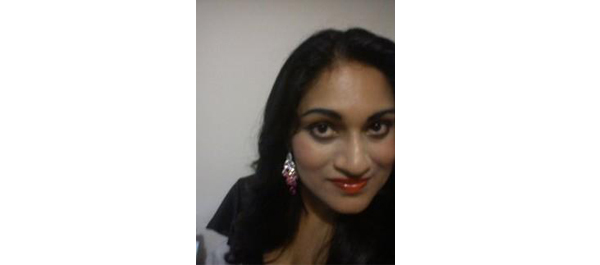
The Inaugural Annual Academic Sessions Joint Meeting of BAUS and SLAUS
BAUS / SLAUS 2013 Conference Report: 4th - 7th November, Colombo, Sri Lanka
Day 1
Greetings from Colombo, Sri Lanka. Home of the Inaugural Meeting of BAUS / SLAUS. The gathering, held in cool Colombo was off to a great start at Asiri Surgical Hospital. It was inundated with delegates from all over Sri Lanka and the UK, who had come to learn and exchange opinions. The conference started with a focus on LUTS. Mr. Mark Speakman (Taunton, UK) emphasizing importance and correct terminology used in…

Editorial: Regaining continence after radical prostatectomy: RARP vs. ORP
Functional outcomes represent relevant criteria to evaluate the success of radical prostatectomy (RP) in the treatment of localised and locally advanced prostate cancer. Indeed, while the primary goal of RP remains the complete extirpation of the primary tumour, patients' satisfaction can be negatively affected by urinary incontinence and/or erectile dysfunction after RP.
In this issue of BJUI, Geraerts et al. [1] evaluated urinary continence recovery and voiding symptoms in a well-conducted,…
